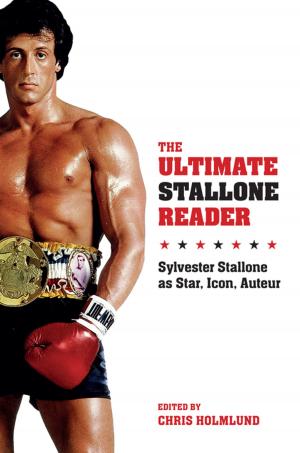Chinese Fiction of the Nineteenth and Early Twentieth Centuries
Essays by Patrick Hanan
Fiction & Literature, Literary Theory & Criticism, Asian| Author: | Patrick Hanan | ISBN: | 9780231509145 |
| Publisher: | Columbia University Press | Publication: | November 3, 2004 |
| Imprint: | Columbia University Press | Language: | English |
| Author: | Patrick Hanan |
| ISBN: | 9780231509145 |
| Publisher: | Columbia University Press |
| Publication: | November 3, 2004 |
| Imprint: | Columbia University Press |
| Language: | English |
It has often been said that the nineteenth century was a relatively stagnant period for Chinese fiction, but preeminent scholar Patrick Hanan shows that the opposite is true: the finest novels of the nineteenth century show a constant experimentation and evolution. In this collection of detailed and insightful essays, Hanan examines Chinese fiction before and during the period in which Chinese writers first came into contact with western fiction.
Hanan explores the uses made of fiction by westerners in China; the adaptation and integration of western methods in Chinese fiction; and the continued vitality of the Chinese fictional tradition. Some western missionaries, for example, wrote religious novels in Chinese, almost always with the aid of native assistants who tended to change aspects of the work to "fit" Chinese taste. Later, such works as Washington Irving's "Rip Van Winkle," Jonathan Swift's "A Voyage to Lilliput," the novels of Jules Verne, and French detective stories were translated into Chinese. These interventions and their effects are explored here for virtually the first time.
It has often been said that the nineteenth century was a relatively stagnant period for Chinese fiction, but preeminent scholar Patrick Hanan shows that the opposite is true: the finest novels of the nineteenth century show a constant experimentation and evolution. In this collection of detailed and insightful essays, Hanan examines Chinese fiction before and during the period in which Chinese writers first came into contact with western fiction.
Hanan explores the uses made of fiction by westerners in China; the adaptation and integration of western methods in Chinese fiction; and the continued vitality of the Chinese fictional tradition. Some western missionaries, for example, wrote religious novels in Chinese, almost always with the aid of native assistants who tended to change aspects of the work to "fit" Chinese taste. Later, such works as Washington Irving's "Rip Van Winkle," Jonathan Swift's "A Voyage to Lilliput," the novels of Jules Verne, and French detective stories were translated into Chinese. These interventions and their effects are explored here for virtually the first time.















